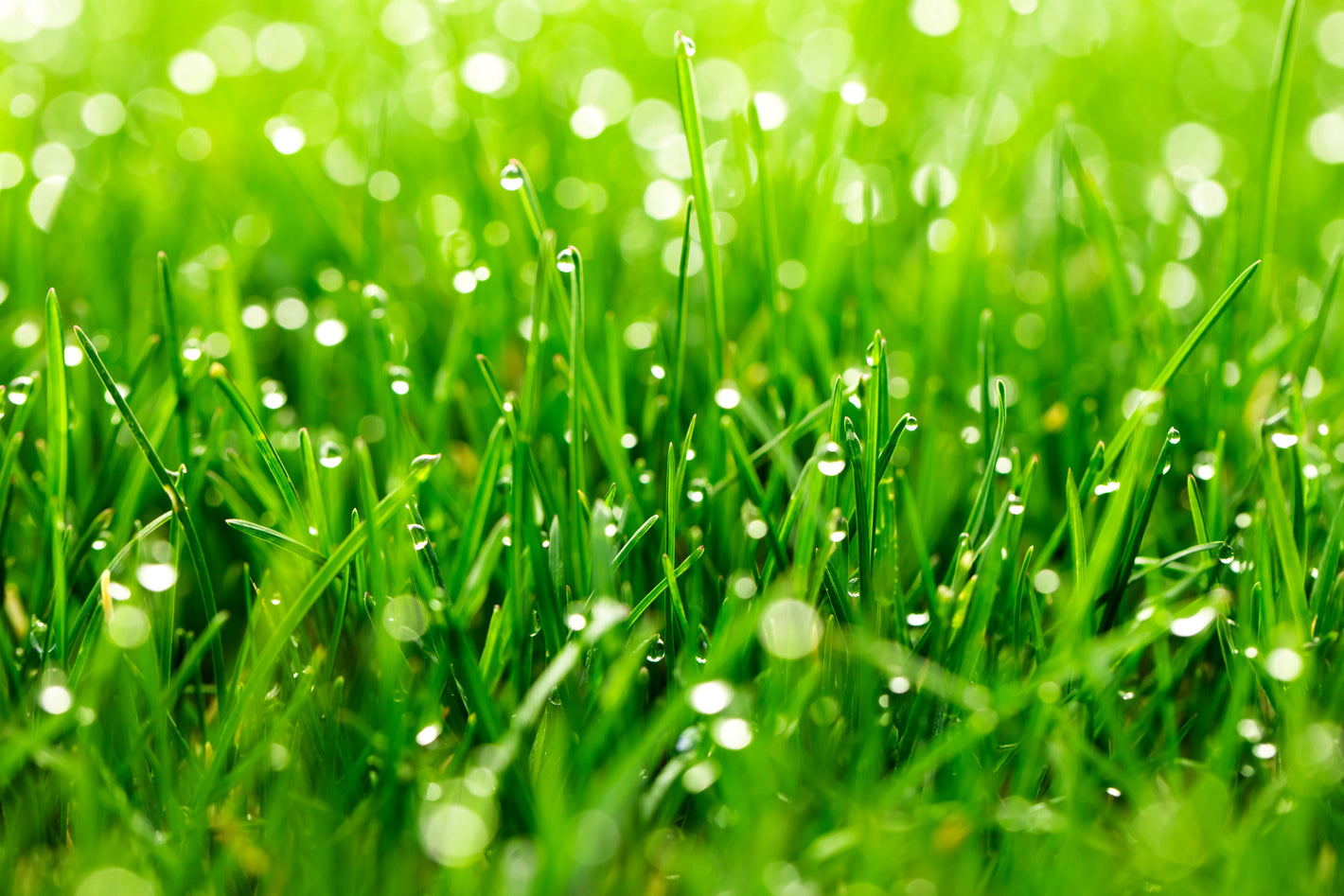Drought Stress in lawns
Drought stress occurs when the grass is not receiving an adequate amount of water to sustain its health and growth. This condition arises during periods of extended dry weather or insufficient watering.
If your lawn is suffering from drought stress grass blades may appear limp, folded, or curled as a result of water loss and dehydration. They may also turn yellow, brown, or straw-like in colour as it becomes dormant in an attempt to conserve moisture. Grass density may also decrease as individual blades die off due to lack of water, resulting in sparse areas or patches in the lawn. Grass growth will also slow down or cease altogether as the plant redirects its energy to essential functions such as root survival.
Drought-stressed lawns are more vulnerable to pests and diseases, as weakened grass plants are less able to defend themselves against these threats.







